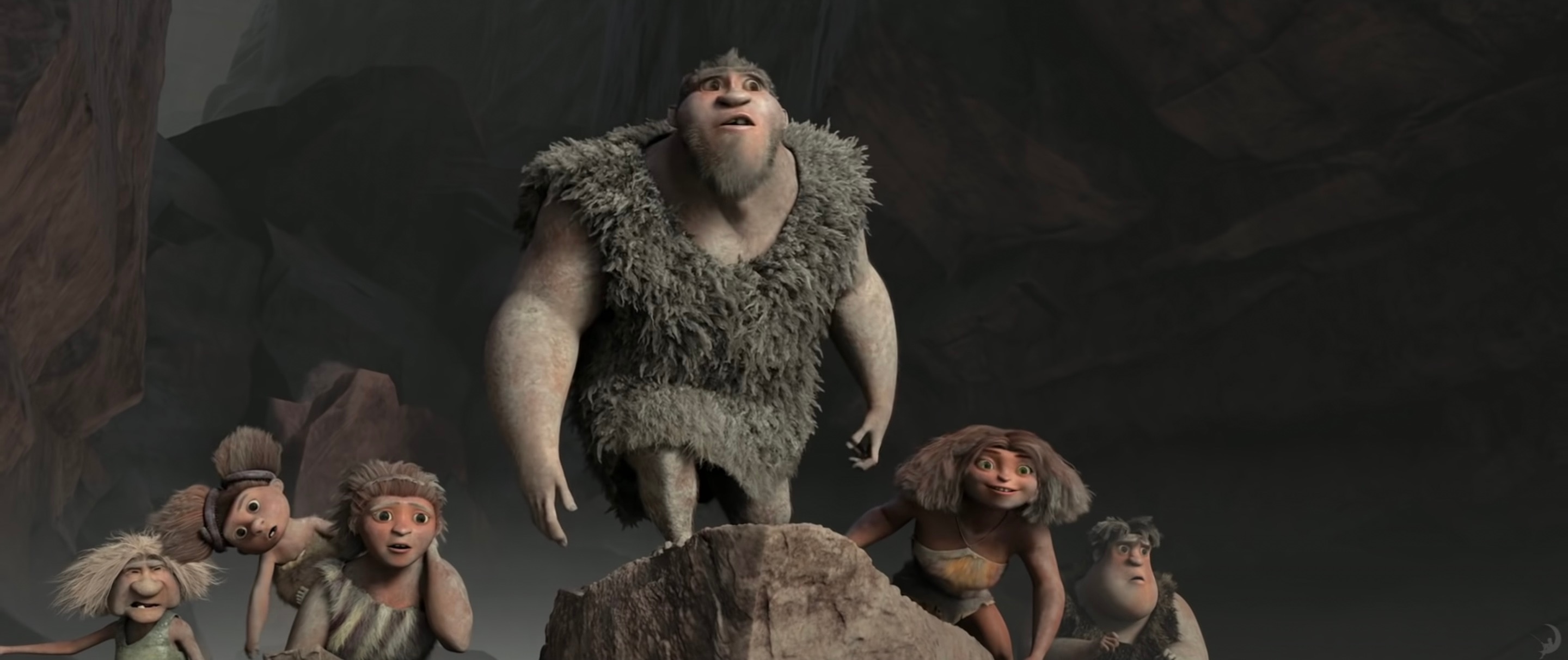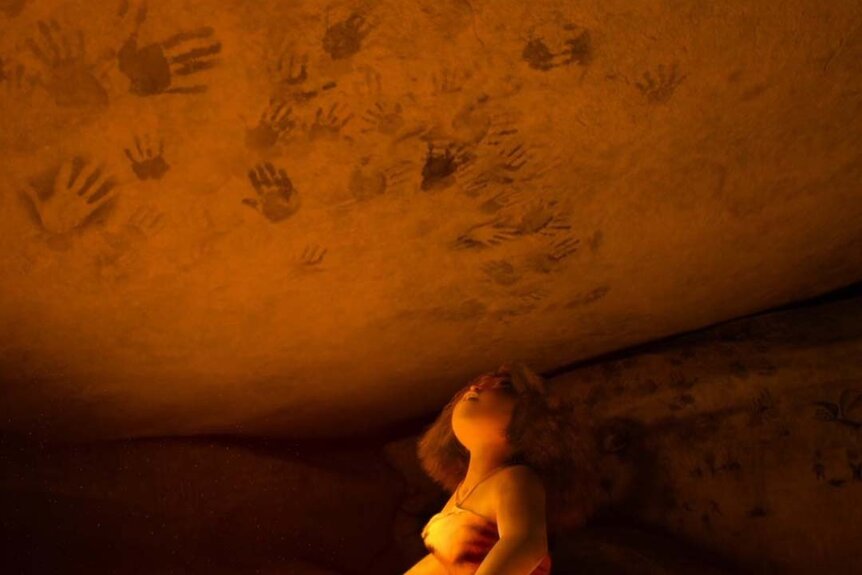Create a free profile to get unlimited access to exclusive videos, sweepstakes, and more!
Humanity Was Almost Wiped Out a Million Years Ago, Study Finds
Our ancestors likely experienced population bottleneck, perhaps dwindling to as low as 1,000 people.

The animated family film The Croods (streaming now on Peacock) takes viewers into an ancient (and slightly fictional) human past filled with a lot of deadly animals and lethal natural disasters, but not very many people. It’s set during a time of turmoil on Earth, during which most of the people have seemingly died.
It isn’t entirely clear when the fictional Croodaceous Period takes place, but it might have been about 930,000 years ago when scientists suggest our ancestors experienced a population crash which almost led to our extinctions, according to a recent study published in the journal Science.
Computer Modeling of Human Evolution Suggests Mass Die-Off 930,000 Years Ago
When we discuss today’s endangered species, we often talk in terms of population bottlenecks. The death knell of a species seems to not necessarily be when the last individual dies or the last breeding pair are gone, but some time earlier when the population reaches a bottleneck from which it cannot recover.
RELATED: Our Primate Ancestors May Have Learned to Walk While Still in the Treetops
We’ve certainly reached that point with certain species and subspecies. The northern white rhino, for instance, has two living individuals, both of whom are female. While the species still exists in the wild today, it is functionally extinct because there is no natural possibility for the species to recover. However, researchers and conservationists have stored reproductive material and are working to recover the species through scientific intervention.
Now, researchers suggest that our own ancestors experienced their own population bottleneck 930,000 years ago which almost wiped us out before we got started. Researchers used a novel statistical model called FitCoal (short for Fast Infinitesimal Time Coalescent) to model human evolution into the past. They used genome data from 3,000 modern humans from 50 distinct populations all over the world and plugged that information into their software to model potential evolutionary paths which best describe the genetic diversity we see today.
The model which best described our modern genetic traits involved a significant reduction in population, dropping the population from roughly 100,000 individuals to fewer than 1,280 breeding individuals. Moreover, the model suggests the population remained at about that same size for 100,000 years before bouncing back.
Researchers argue that their model is consistent with a corresponding gap in the fossil record. They suggest the reason human ancestor fossils become scarce around that time is because there just weren’t very many of them. They also argue that their proposed population bottleneck lines up with a shift in climate, making the environment colder and dryer, and food harder to come by.
RELATED: Surprising Things The Croods Got Right About Ancient Human History
While this sort of modeling can be informative it’s important to note that tracing current traits back to an inciting cause is nebulous work. There are certainly other interpretations of the data and other models which might also result in the genetic diversity we see today without a population bottleneck.
Regardless, population bottlenecks definitely do happen and they’re something we’ll likely have to interface with more often as we get a handle on climate change, pollution, and species loss. This sort of modeling, even if it turns out not to be accurate, can help us understand what causes population bottlenecks and how species can recover. And you definitely can’t rebuild the species if you remain hiding in your cave.
Catch The Croods, streaming now on Peacock!



























